Wildlife of Iran is diverse due to the contrast of Iran’s natural environment. The difference and diversity of the habitats in Iran is one of the advantages of Iran’s environment; from hot and dry central deserts of Iran to green and fertile plains of Zagros mountains and Alborz range. In the following, we will discuss the scientific introduction of Iran’s habitats, types of animals, mammals, birds, insects and butterflies.
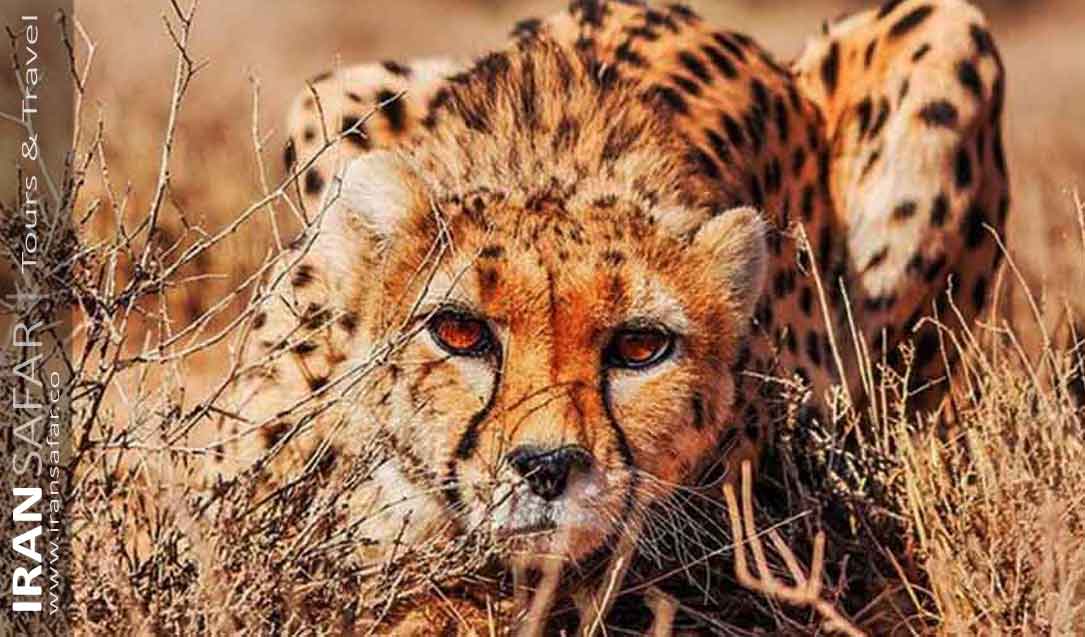 Asiatic Cheetah, endemic wildlife of Iran
Asiatic Cheetah, endemic wildlife of Iran
Today our planet’s animal and plant species are under more pressure than ever before, with an increasing number on the brink of extinction. Scientists have called this unprecedented loss of species the Sixth Mass Extinction. The last mass extinction event marked the end of the dinosaurs.
Fauna of Iran
Based on scientific sources, wildlife refers to a collection of animals and plants that live freely in nature without human interference in their natural environment. In the definition of tourism, this term is generally limited to animals.
The diversity of Iran’s wildlife is still impressive despite the dramatic damage caused by overhunting in 19th and 20th century. Iran’s animals are divided into 174 species of fish, 206 species of reptiles, 514 species of birds, 20 species of amphibians, and 194 species of mammals. And from these numbers, 12 species of fish, 2 species of amphibians, 11 species of reptiles, 15 species of mammals and 16 species of birds have been declared endangered or critically endangered.
In total, 1,168 species are listed within as Iran’s wildlife. This country boasts a diverse range of ecosystems, from vast deserts and lush forests to the seas such as Caspian sea and the Persian Gulf.
Mammals of Iran
The diverse habitats of Iran have caused a great diversity in the wildlife of Iran. Iranian mammals include at least 194 species. They start from spines to dolphins and felines.
In the wildlife of Iran, the most studies have been on the large mammals of Iran. Few studies have been done on rodents and bats. The smallest mammal in Iran is a pygmy insectivore with a weight of two grams. The heaviest mammal in Iran is the blue whale weighing one hundred and eighty tons.
The order of mammals in Iran includes hedgehogs, insectivores, bats, rodents, rabbits, carnivores, cloven-hoofed, Perissodactyla or Odd-toed ungulates , amphibians and manatees. The main mammals of Iran are the Iranian leopard, Caracal, Asiatic Cheetah, Persian fallow deer, Pallas cat, Brown Bear, Caspian Red Deer, Roe Deer, Persian Onager, Asian black bear, Deer, Urial.
Endangered Mammals of Iran
The extinction of plant and animal species is part of the cycle of nature, but humans have accelerated this extinction with their destructive activities.
In Iran, especially in recent decades, a number of mammals species, have been endangered:
Pallas Cat
Pallas cat (Felis manul) is a small wild cat native to Central Asia. This animal is almost a little larger than a domestic cat and is about 60 cm long (not including its 25 cm tail) and weighs an average of 3.6 kg. The color of its body hair is light gray or dark yellow with vertical stripes, which are sometimes not seen among the thick and dense body hair. The round eyes of this animal are its most prominent feature. His legs are short, his butt is relatively large and his hair is long and thick. Iran is the westernmost habitat of the Pallas cat. This animal is mostly seen in the northeast of Iran, and there are scattered reports of its presence in the center and northwest.
Caspian Red Deer
Caspian Red Deer or Hyrcanian Maral (Cervus elaphus maral), is one of the most eastern subspecies of red deer. They live in the Caspian Hyrcanian forests ; in the areas between the Black Sea and the Caspian Sea, including the Crimea and Asia Minor, as well as along the Caspian Sea region of Iran. The Caspian red deer is sometimes known as the noble deer or the eastern red deer. This deer is about 137 cm tall and can weigh between 230 and 320 kg. The length of their horn is about 120 cm and its diameter is about 150 mm. They are dark gray in color, but in summer they turn into dark brown. The color of the children is reddish brown with white spots.
Persian Onager
Persian Onager (Equus hemionus onager) also called the Persian Wild Ass, and locally known as Persian Zebra, is a subspecies of Asitic onager. Only found in Iran, there are currently about 600 of them left in the nature and the risk of their extinction is very high. Bahram-e Gur is the name of a protected area located in the east of Fars province and is the main habitat of the Persian onager. They are also found in Khar Touran National Park.
Persian onager is smaller than a horse and bigger than a donkey. It has pea color skin with a smooth black strip on the back. This animal weighs 230 to 290 kg, and its body length reaches 2.1 meters and its height reaches 1.5 meters.
Persian Fallow Deer
The Persian Fallow Deer (Dama dama mesopotamica) is larger than two other deer native to Iran, and the white spots on its body distinguish it completely from the other species. This animal was originally native to areas from the eastern coast of the Mediterranean to the western regions of Iran, and until 1875, its species became extinct in all these regions except the southwestern parts of Iran. In the 1940s, this animal was thought to be completely extinct, but in 1956, a small number of about 25 of them were found in a small forest in south Iran. After that, the Iranian government tried to preserve them and the species survived from extinction. The Persian fallow deer is slightly larger than the European fallow deer and has a length of 150 to 200 cm, a tail of 16 to 20 cm, and a height of 85 to 110 cm. This mammal weighs 50 to 130 kg.
Baluchistan Black Bear
Baluchistan black bear (Ursus thibetanus gedrosianus) is the name of a subspecies of Asian black bear. This animal lives in the provinces of Sistan & Baluchistan, Hormozgan and Kerman in Iran, as well as in the province of Baluchistan in Pakistan. There are no accurate statistics of the population and the number of deaths of this species, but it is an endangered species on the IUCN Red List of the treathen speceis. This medium-size black bear is a rare species with a body length of 130 to 180 cm, its tail is 7 to 10 cm and its weight is 50 to 170 kg. The ears of this animal are completely round and has a distinguishing white band in the shape of V on the chest. Although this bear is mostly herbivorous, it has an aggressive behavior towards humans
Asiatic Cheetah
Once having a wide distribution from North Africa and Arabia to India and Turkmenistan not so long ago, Asiatic cheetah (Acinonyx jubatus venaticus) is one of the world’s rarest cheetahs and is under serious threat of extinction. Iran is considered its last refuge in the world, for this reason the Asiatic cheetah is also known as the Iranian cheetah. The results of research in 2019 show less than 30 cheetahs remain in the marginal areas of the central desert of Iran. This estimate is the result of ground mapping by more than 12,000 night vision cameras deployed in various locations. The Iranian department of Environment is trying to preserve the Iranian cheetah and has started its conservation program since 2011 to preserve the generation of this valuable species.
Persian Leopard
One of the most iconic and elusive creatures of Iran’s wilderness is the Persian leopard (Panthera pardus saxicolor). With its sleek coat, muscular build, and piercing gaze, the Persian leopard reigns as a top predator in the region. Unfortunately, due to habitat loss and poaching, this magnificent feline is critically endangered. Efforts are underway to protect its remaining habitats and ensure its survival for future generations. Tandoorh National Park is one of the largest protected areas in Iran where the rare Iranian leopard can be found. This area with its pristine and beautiful nature is the habitat of many animals and ornamental and medicinal plants
Extinct Animals of Iran
In the last century, a significant part of Iran’s prominent wildlife species have either become extinct or are under severe threat of extinction. Two main extinct animals of Iran are:
Persian Lion
In 1942, the last species of Persian lion was hunted in Dezful, Iran. After that, no sign of this animal has been recorded anywhere in Iran. However, even if they could survive, there was no left habitat for them to live. Most of the natural habitats of the Iranian lion have been destroyed due to urbanism, industry, agriculture, deforestation, etc. Today, a subspecies of Iranian lion lives in the Gir forest in northwest India. We hope the generation of this valuable species will be preserved in future.
Caspian Tiger
Caspian tiger has a special place in the culture of Iran and , especially in the Persian poetry and in the Persian carpets. Maybe our generation was deprived of seeing this beautiful animal, but we have heard its stories and legends that have been handed down to us. The last Caspian tiger, which was locally reffered to as the Red Lion, was hunted in Golestan forest in 1959. A colored drawing, some photographs and some skin are the only things left of this beautiful animal. This animal has become extinct due to the destruction of its habitat by humans.
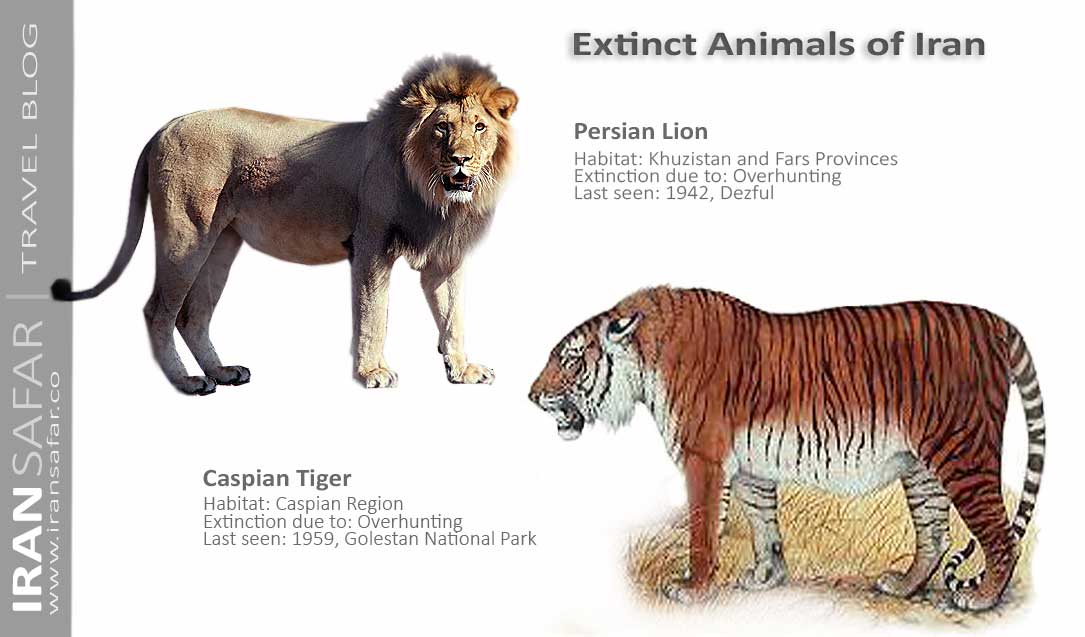
Extinct wildlife in Iran
Birds of Iran
Birds are the most beautiful and popular animal species in Iran, which have also entered Persian mythology and ancient stories. The distribution and habitat of some birds of Iran is as wide as Iran. Others are limited to certain areas of Iran. Iran’s birds include over 566 known species, including native, migratory and transiting birds. The number of birds in Iran is equal to all the birds in the European continent and two thirds of the birds in the Middle East. Almost half of Iran’s birds spend the winter in Iran as migratory birds. Or they temporarily rest in Iran during migration.
Among the prominent bird species of Iran, we can mention the Iranian ground jay, Houbara bustard, Greater white-fronted goose,Great bustard, and Eurasian curlew.
Out of more than 566 species of birds that live in Iran, according to the Birdlife list, at least 373 of those species are seasonal migrants. According to this list, about 10% of Iran’s species are at risk of extinction.
Migratory Birds
Iran is a vital stopover for numerous migratory bird species, making it a birdwatcher’s paradise. Every year, millions of birds traverse Iran’s skies during their long journeys between breeding and wintering grounds. From majestic flamingos to graceful cranes, these avian travelers paint the skies with their vibrant plumage and melodious calls.
Endemic Bird of Iran
From the biodiversity point of view, Iran is a rich country and many different species can be found in its different regions. But among this, there is a bird that lives only in Iran and cannot be found anywhere else in the world; Iranian Grand Jay.
Endemic is a term used in biology to refer to an animal or plant species native to a region. These species live only in a specific area and even if they are found in other areas, they are not considered native to there.
Due to its diverse weather and climate, Iran has many endemic species that are found only in the geographical borders of Iran. But in the meantime, the Iranian ground jay is the only endemic bird of Iran that lives in the central part of the Iranian plateau.
Also Read – Birding and Birdwatching Sites in Iran
Iranian Ground Jay
The only endemic bird species of Iran, the Iranian ground jay is considered one of the treasure of Iran’s deserts. The Iranian ground jay is a bird species in the family of Corvidae and is endemic to Iran. This pinkish pea-colored bird is around 24 centimeters in length and weighs 85 to 90 grams. It has a boldly patterned and slightly curved slim bill adapted for digging and probing and relatively short, glossy black upper tail coverts. One of the most important factors for placing the Iranaian Ground Jay in endemic species, is its unwillingness to fly long distances. While capable of flight, they prefer running, and will readily perch on trees and bushes. They easily camouflage in desert areas and remains hidden from view; For this reason of being a shy bird, sometimes there are wrong statistics about the distribution of this bird in different regions.
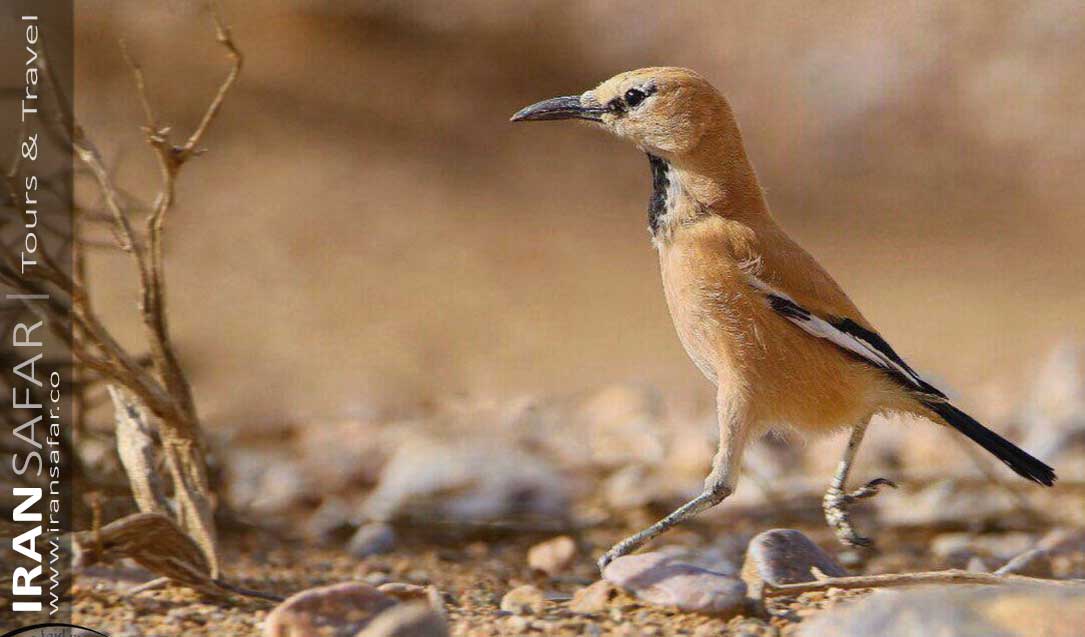 Iranian Ground Jay, Endemic bird of Iran
Iranian Ground Jay, Endemic bird of Iran
Amphibians of Iran
Amphibians were the first creatures that appeared on land. The diversity of this type of animal in Iran is very low. Iranian amphibians are known with at least 22 species.
Likewise, Iranian amphibians include ten species of toads, five species of frogs and seven species of salamanders. Although studies on Iranian amphibians have a long history, there have been fewer focused studies on Iranian wildlife amphibians. Therefore, the species mentioned about Iranian amphibians are slightly increased and decreased by zoologists.
Habitat
Most of the amphibians of Iran’s wildlife live in the northern and northwestern provinces of Iran. Some of the amphibians in the north of the country and the edge of the Caspian Sea are the ,Persian brook salamander, Lake frog, Turan toad, and the Eastern spadefoot toad.
In the northwestern and western provinces of Iran, there are various species of Iranian amphibians, including the southern crested newt (triturus karelinii), Fire salamander, Striped marsh frog (Limnodynastes peronii), Iranian earless toad (Bufotes surdus), Lorestan toad (Bufotes luristanicus) and Tree frogs.
Of course, there are a small number of amphibians in the southern provinces and on the edge of the Persian Gulf, Fars and Kerman provinces, Sistan and Baluchistan provinces and Khorasan.
Endemic Amphibians of Iran
Although Iran’s amphibians are limited, four unique amphibians are indigenous and endemic to Iran. The endemic amphibian species of Iran’s wildlife are Luristan newt, Persian brook salamander, Kurdistan newt (Neurergus derjugini), Talysh toad and Fire salamander.
Reptiles of Iran
With at least 243 known species, reptiles of Iran include turtles, lizards, snakes and a crocodile species locally called Gando (Mugger crocodile).
Iran’s wildlife reptiles include 77 species of snakes, 136 species of lizards, 10 of turtles, one species of crocodile, and one species of lizard. In fact, the reptiles of Iran’s wildlife are the largest group of vertebrates in Iran. 66 species of Iranian reptiles are known as native and endemic species of Iran.
Among the representative reptiles of Iran’s wildlife are the short-snout marsh crocodile called Gando (Mugger crocodile), the Euphrates softshell turtle, the Spider-tailed honed viper, and the Toad-headed agama.
Gando – Mugger crocodile
Gando is a Balochi name that is given to the Mugger crocodile (Crocodylus palustris). The name means short or small and mostly refers to the short snout of this crocodile. This reptile is the only crocodile native to Iran and Pakistan, and it is also the largest reptile in these two countries and the most numerous reptile in India. In Iran, this marsh reptile is estimated to be around 500, which means that it is classified as an endangered reptile.
One of the well-documented behaviors of Gando is the use of tools to catch birds. This makes Gando the first known tool-using reptiles. Gando keeps pieces of wood and branches on his head to lure birds looking for nest building materials. This strategy is especially effective during the spawning season
Iran’s Wildlife Conservation Efforts
Preserving Iran’s Natural Heritage
Protected Areas: Sanctuaries for Wildlife
Iran has established a network of protected areas to conserve its diverse ecosystems and the wildlife that depends on them. These areas serve as havens for endangered species, allowing them to thrive under the watchful eye of conservationists. From the majestic Caspian Hyrcanian forests to the vast Dasht-e Kavir desert, these protected areas ensure the long-term survival of Iran’s wildlife.
Environmental Education and Awareness
Educating and raising awareness among local communities and visitors is crucial for the success of wildlife conservation efforts. Through educational programs, workshops, and public campaigns, Iran’s conservation organizations aim to foster a sense of responsibility and respect for the country’s natural heritage. By involving communities in conservation initiatives, these organizations inspire a shared commitment to protecting Iran’s wildlife.
Research and Monitoring
Scientific research plays a vital role in understanding the needs and behavior of Iran’s wildlife. Conservationists and researchers work hand in hand to study animal populations, monitor habitats, and develop sustainable management strategies. This knowledge helps guide conservation efforts and ensures the effective protection of Iran’s biodiversity.

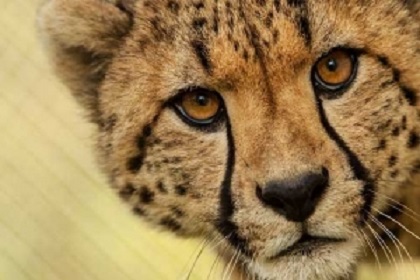
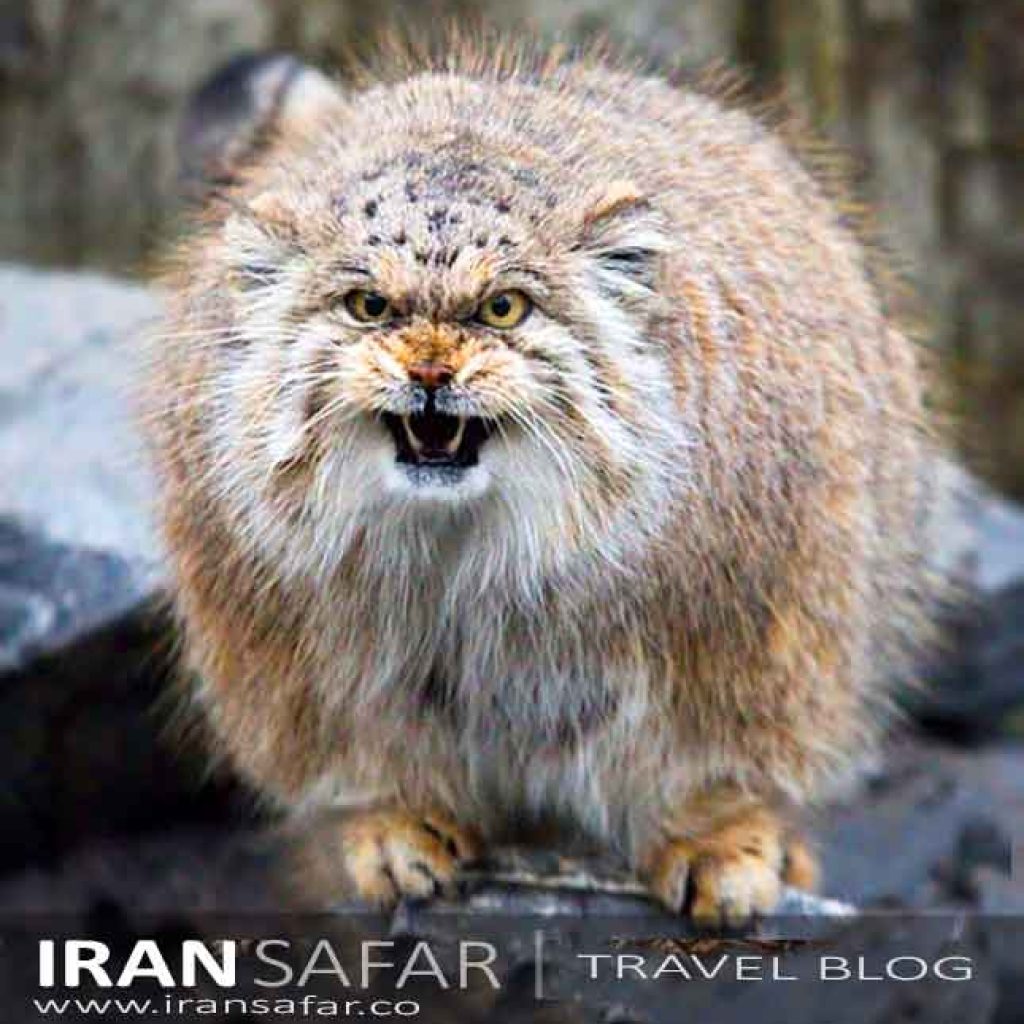
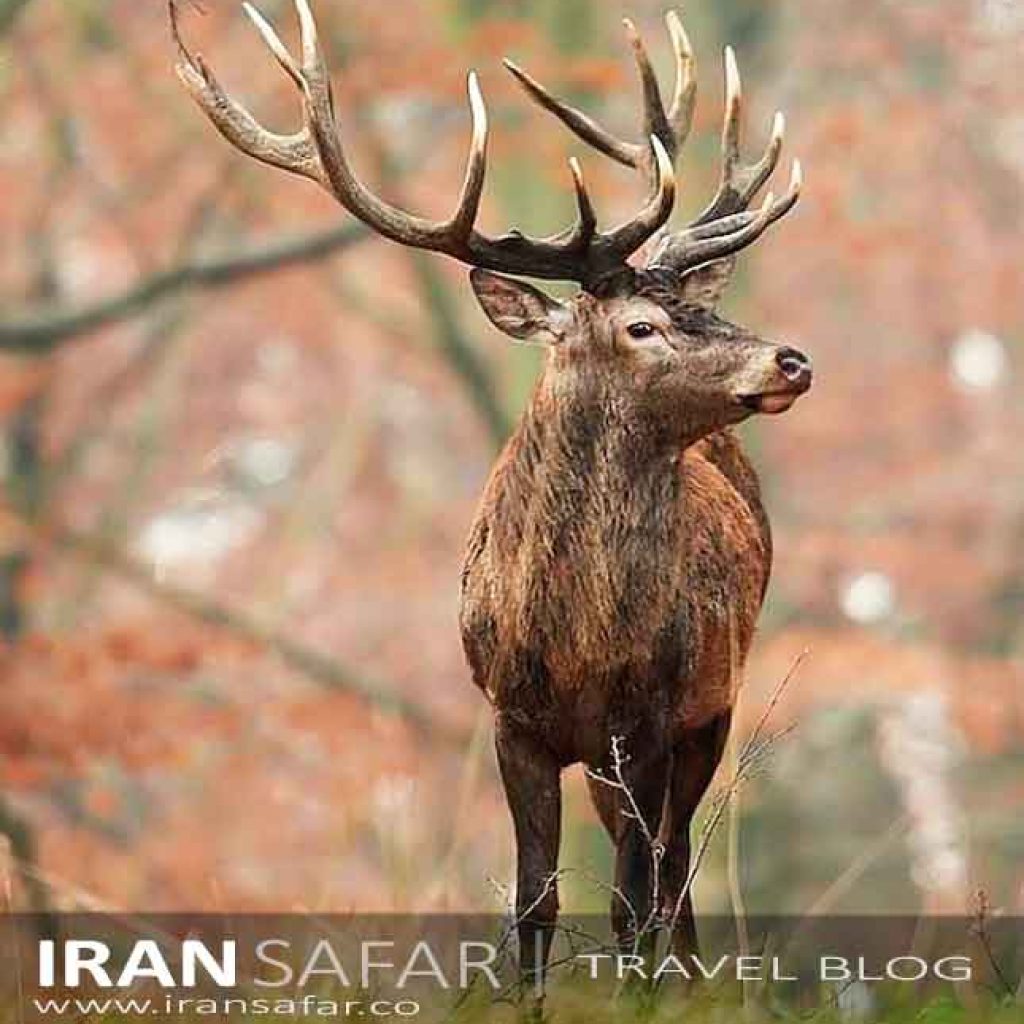
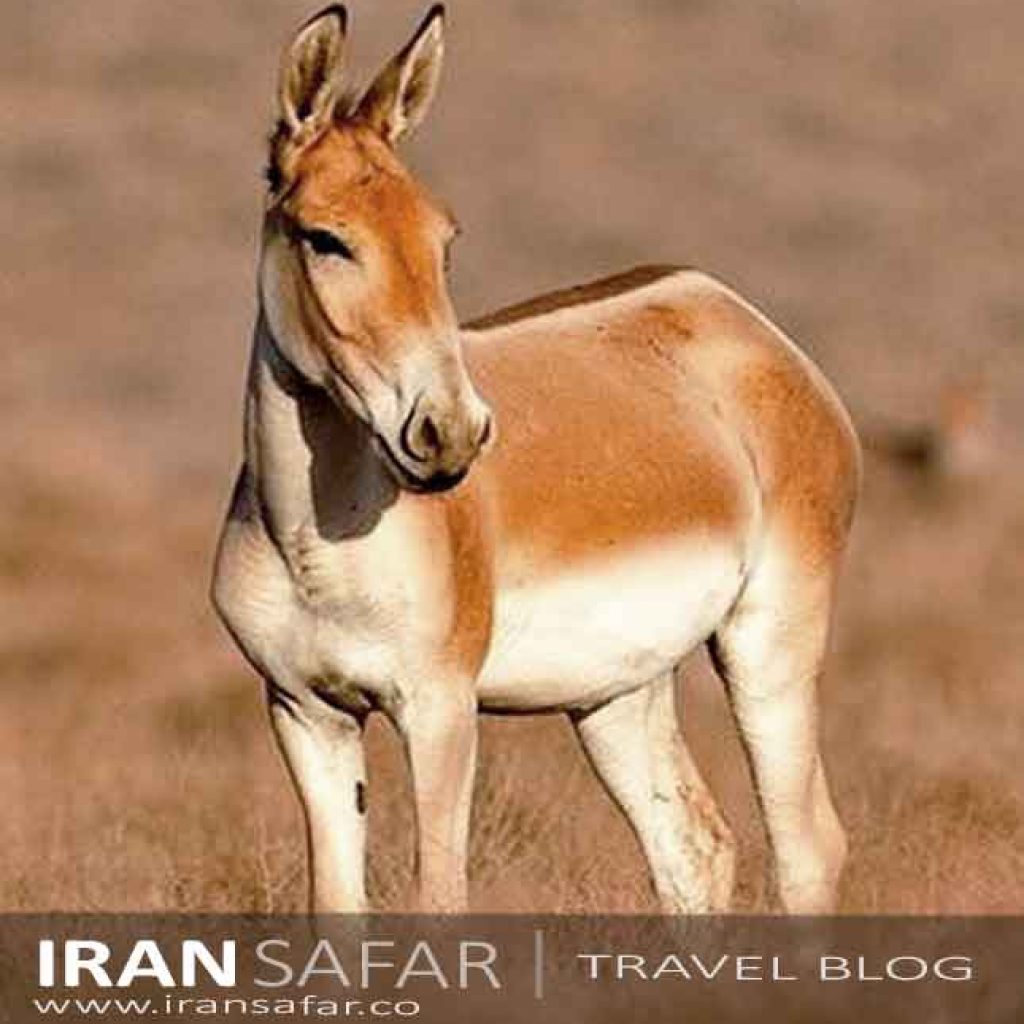
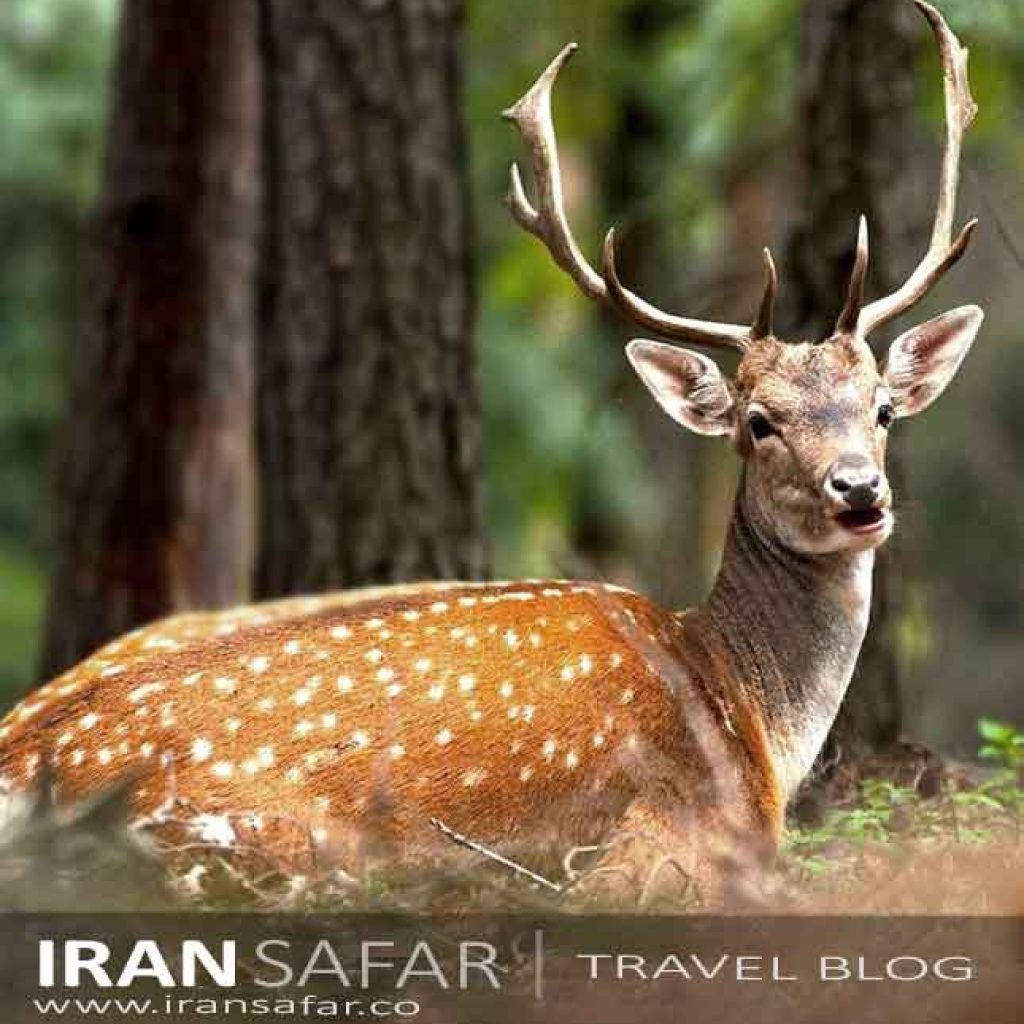
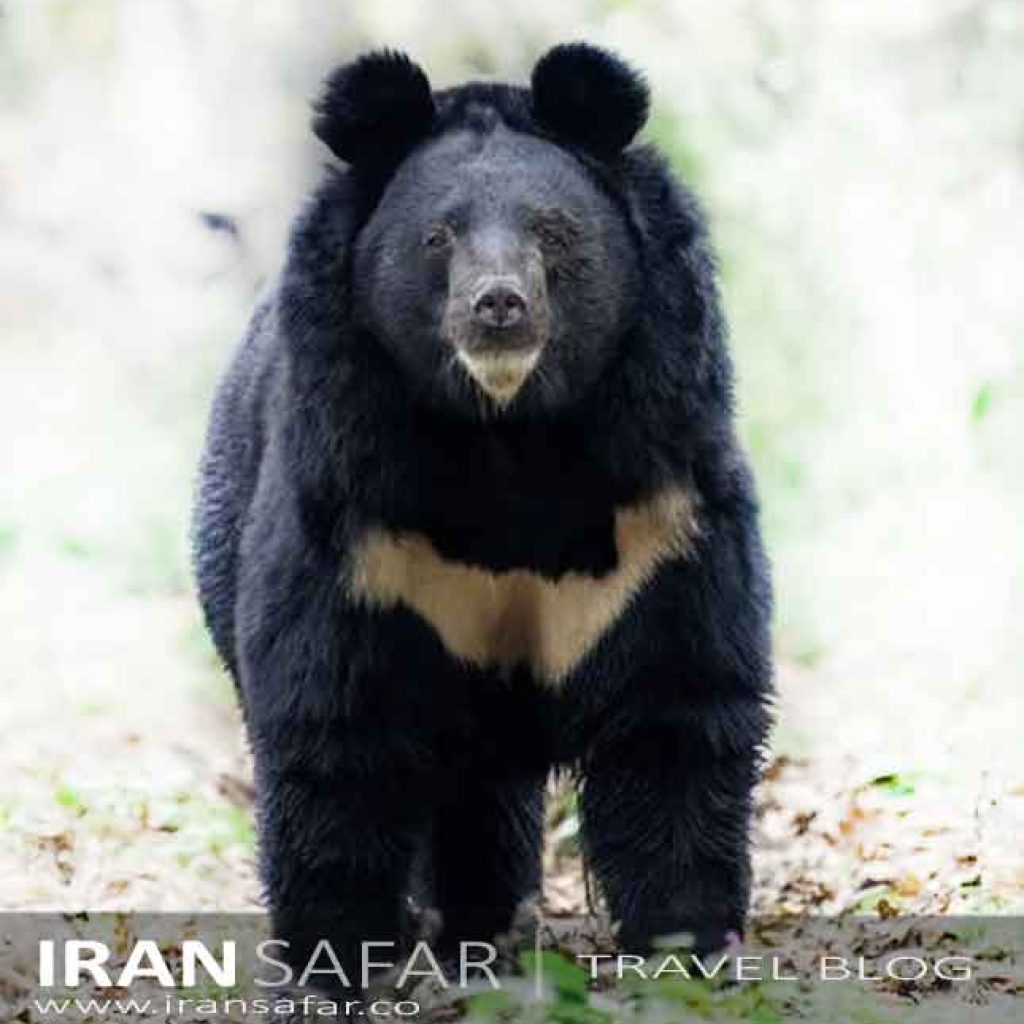
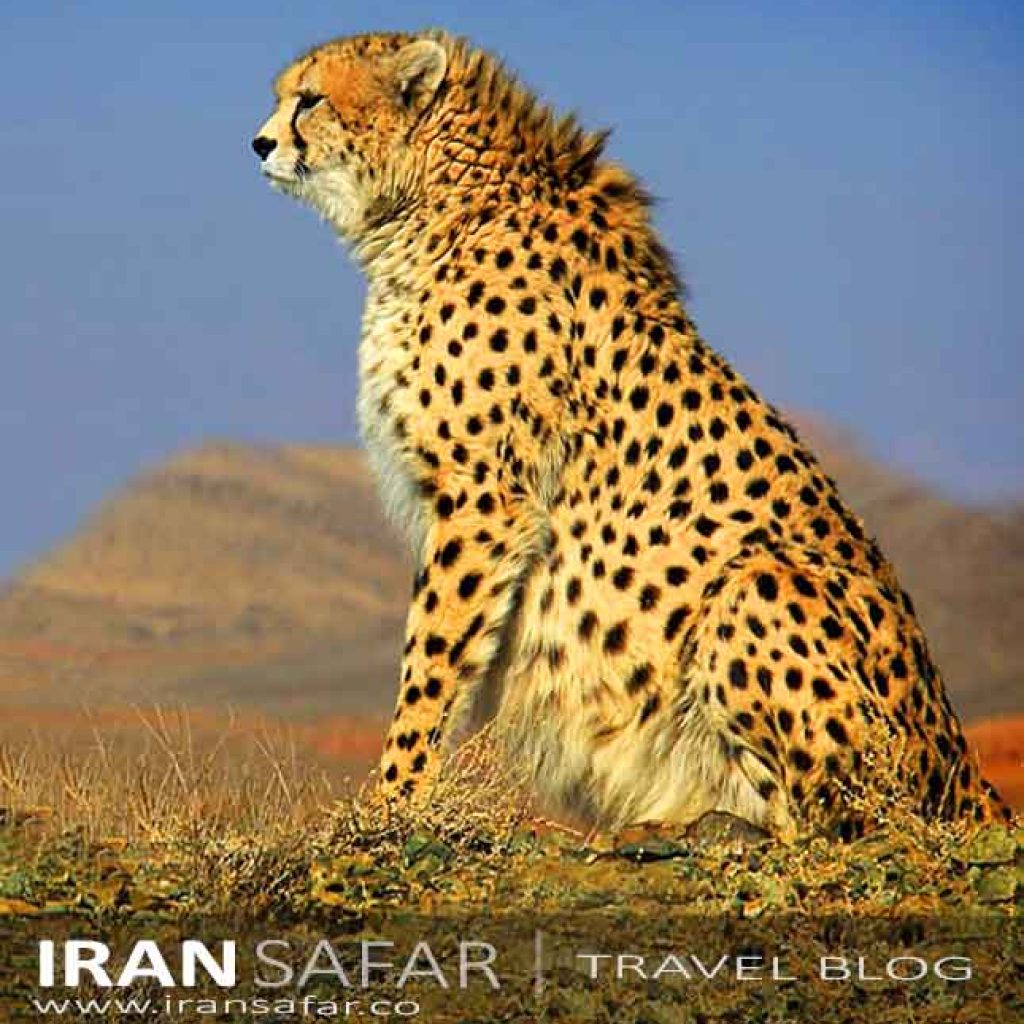
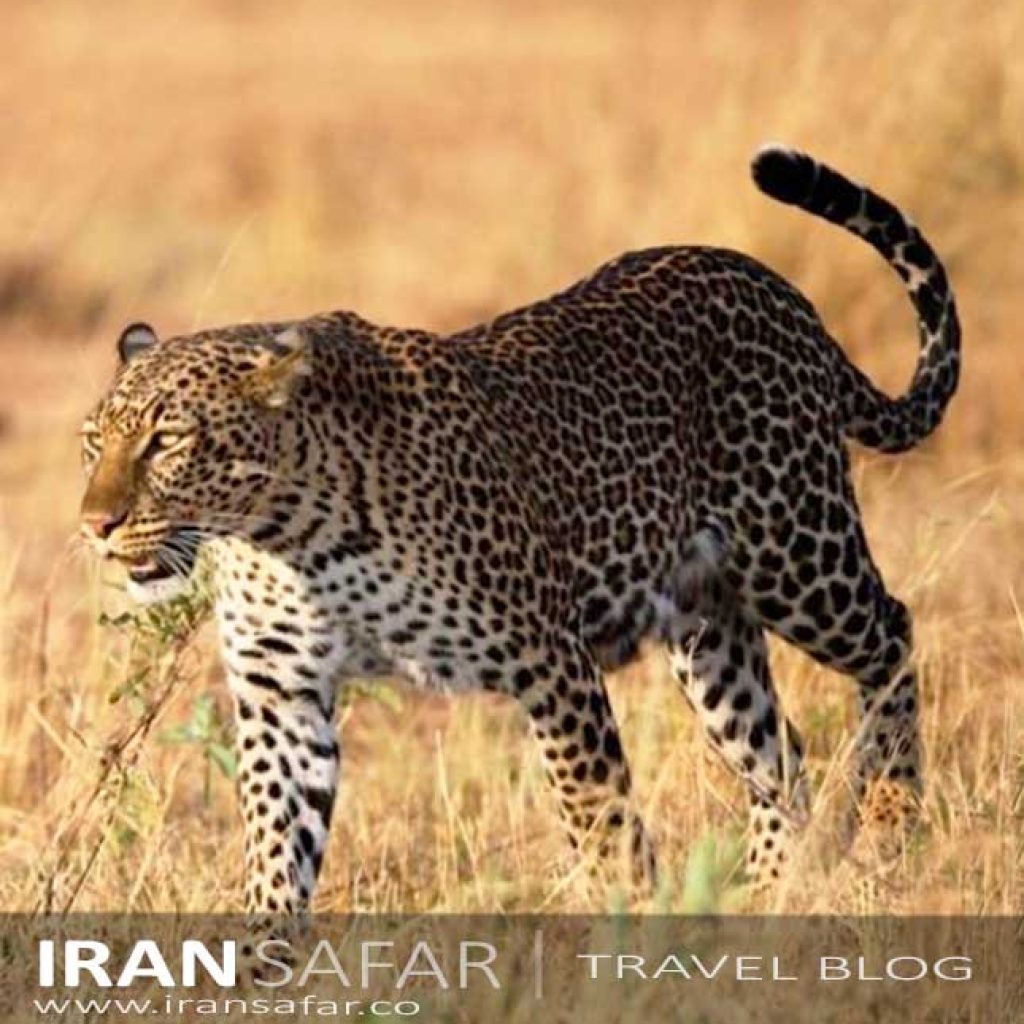
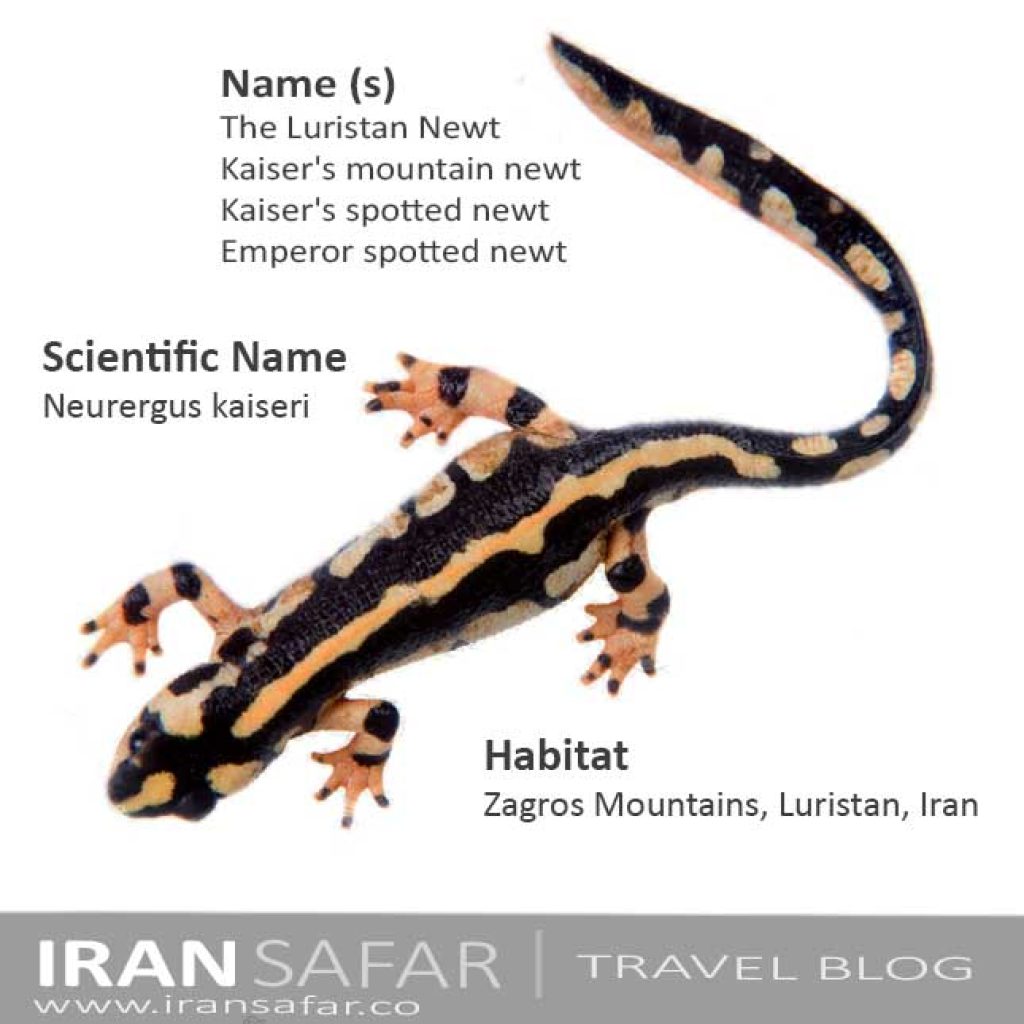
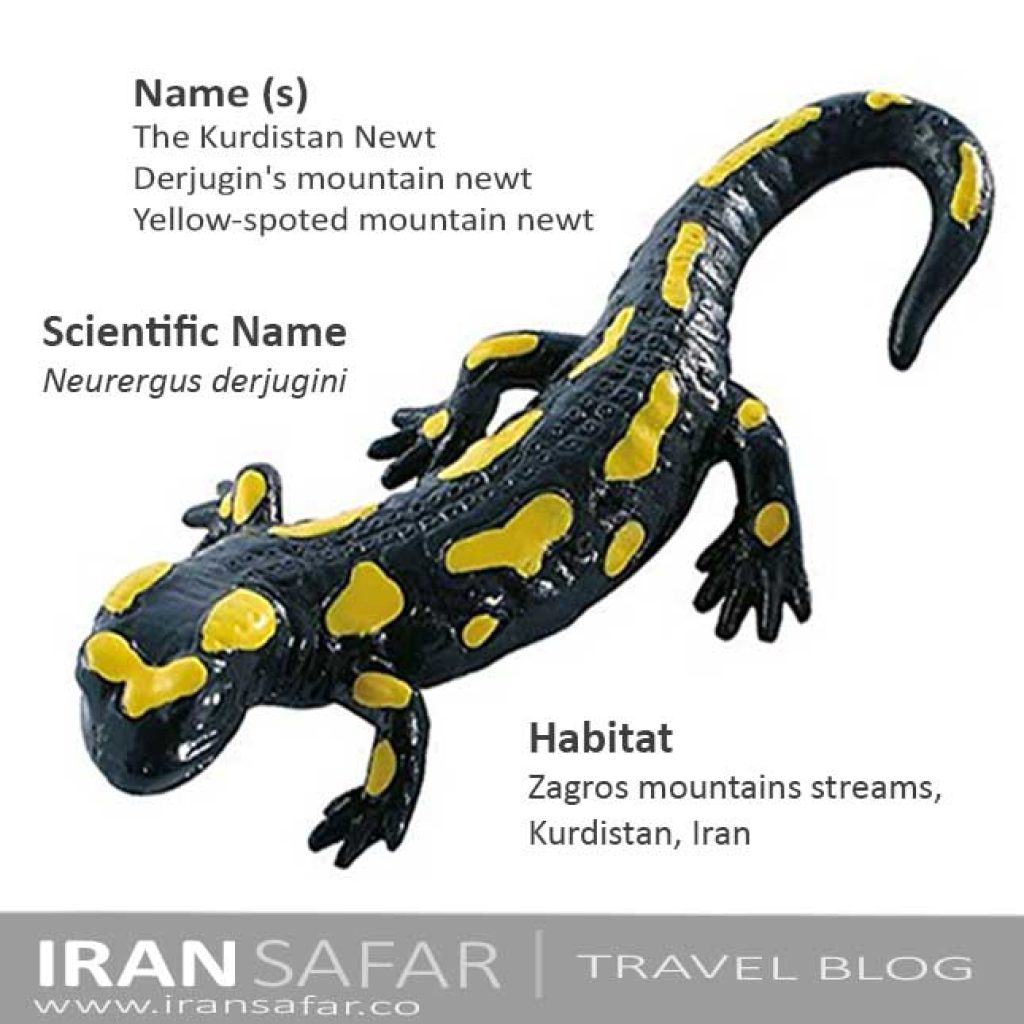
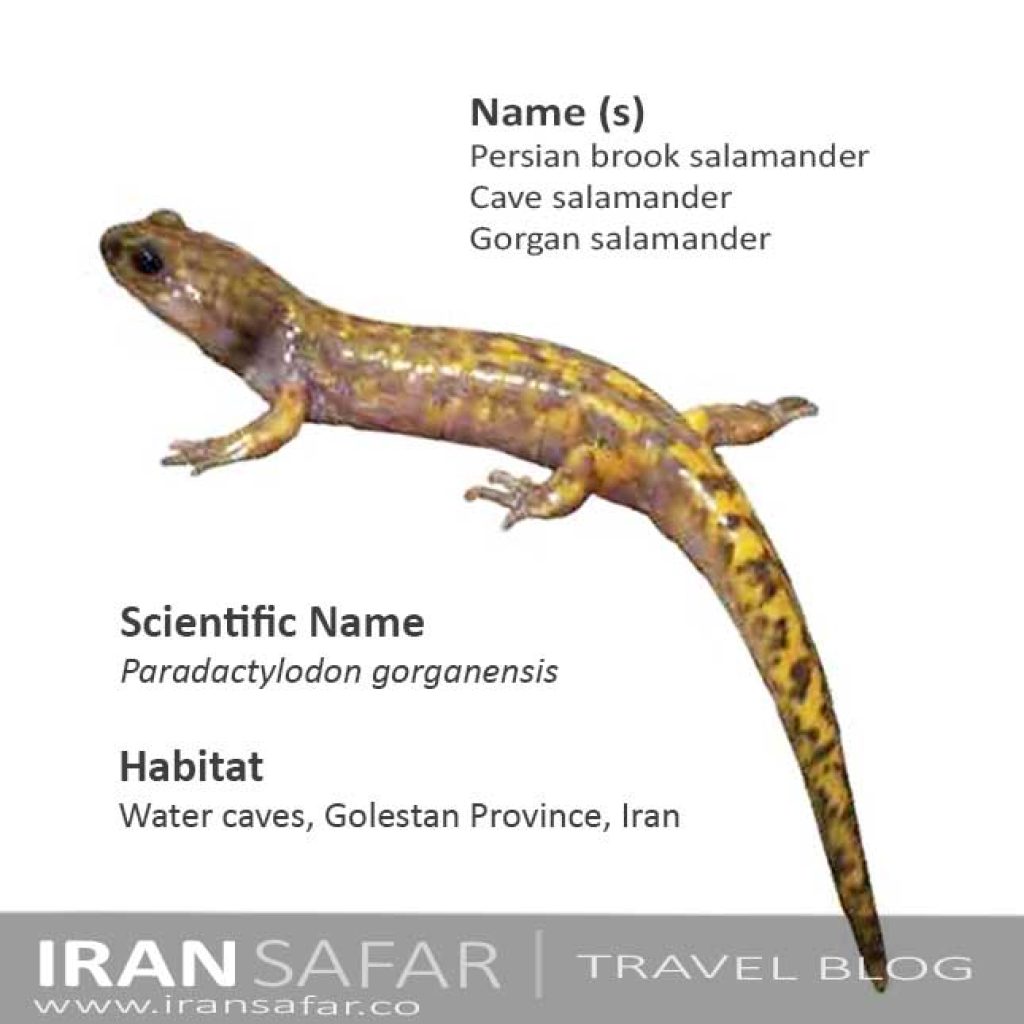
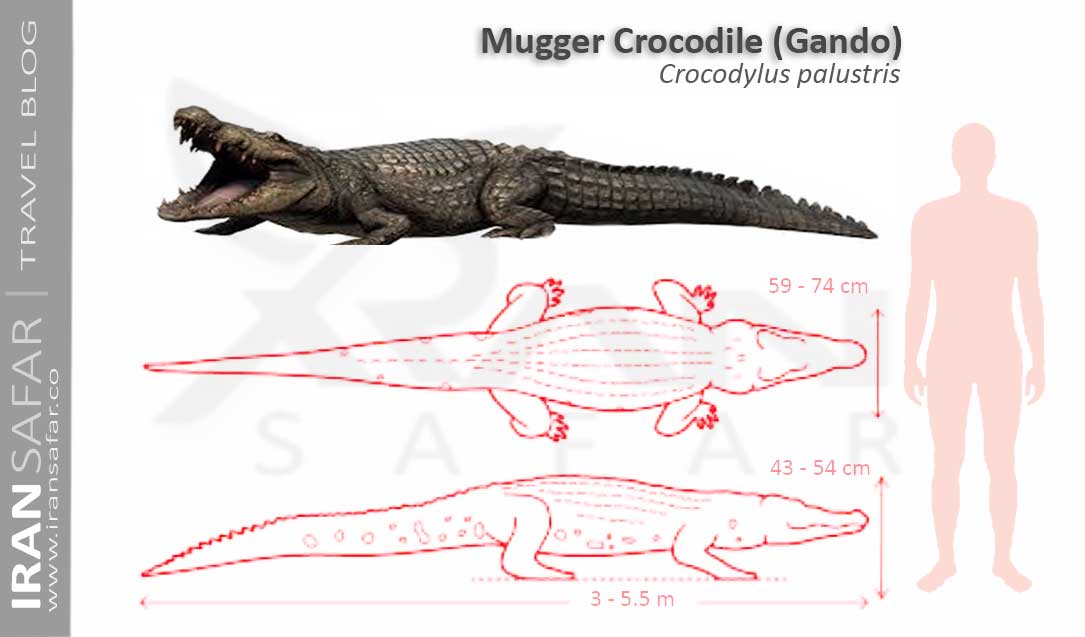

This is great! thanks for useful information …
Thanks for this informative article. I am student and your article helped me to learn more about wildlife of Iran.